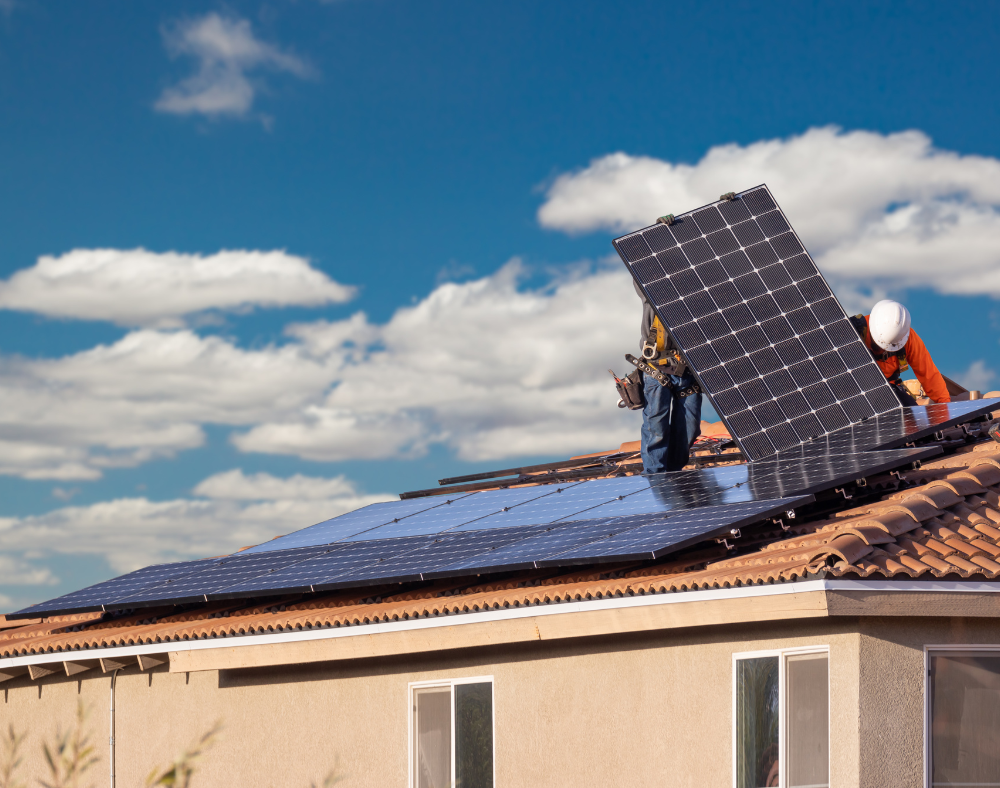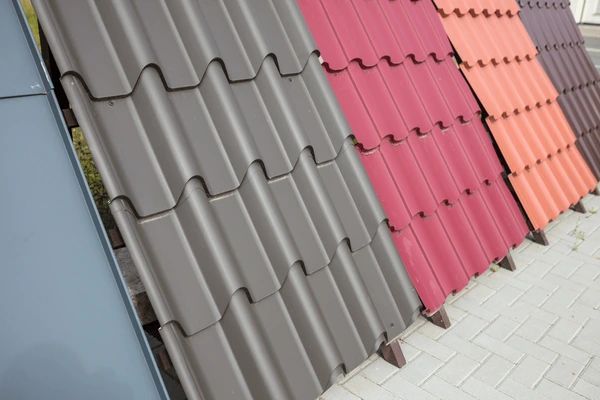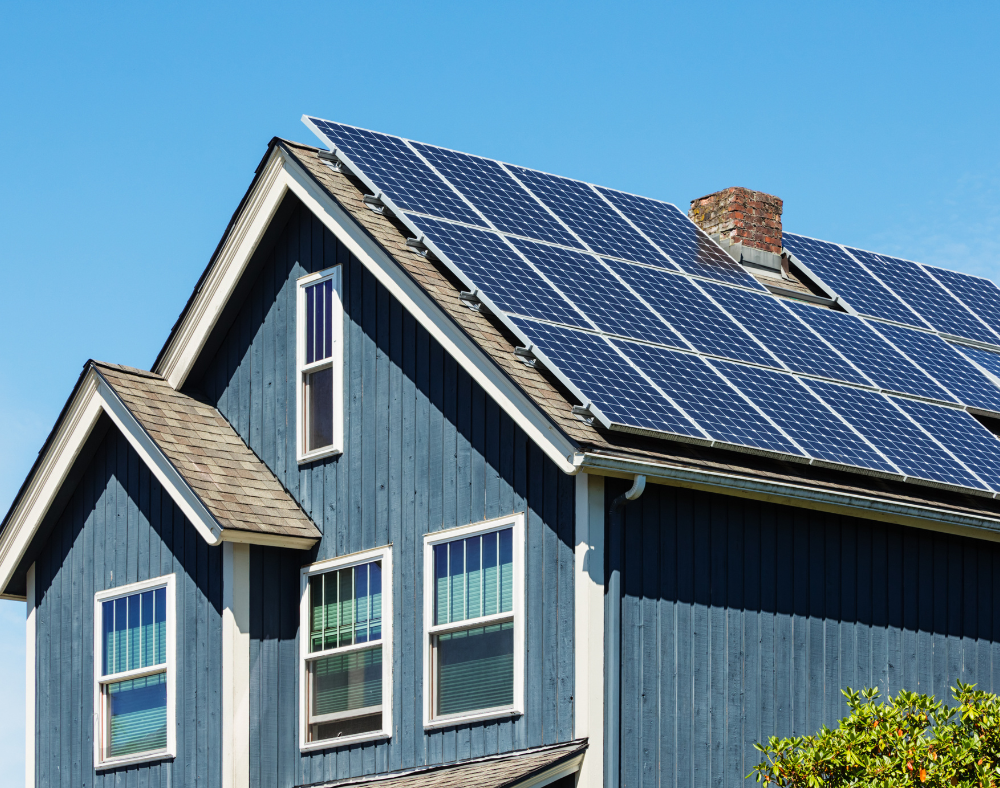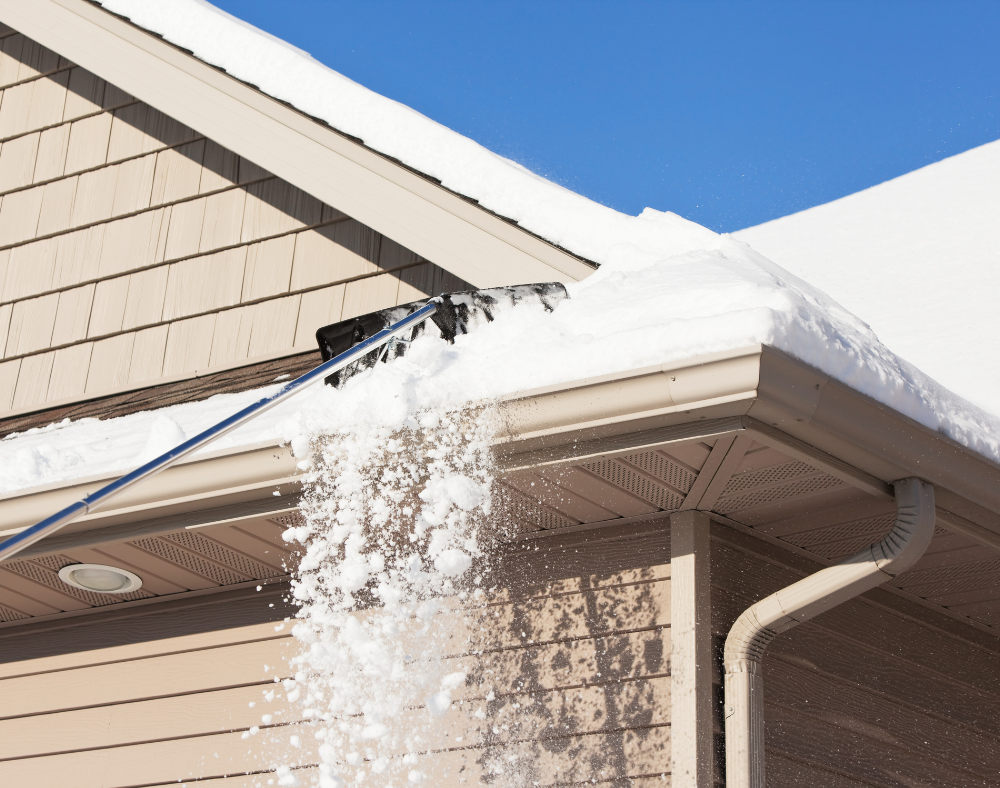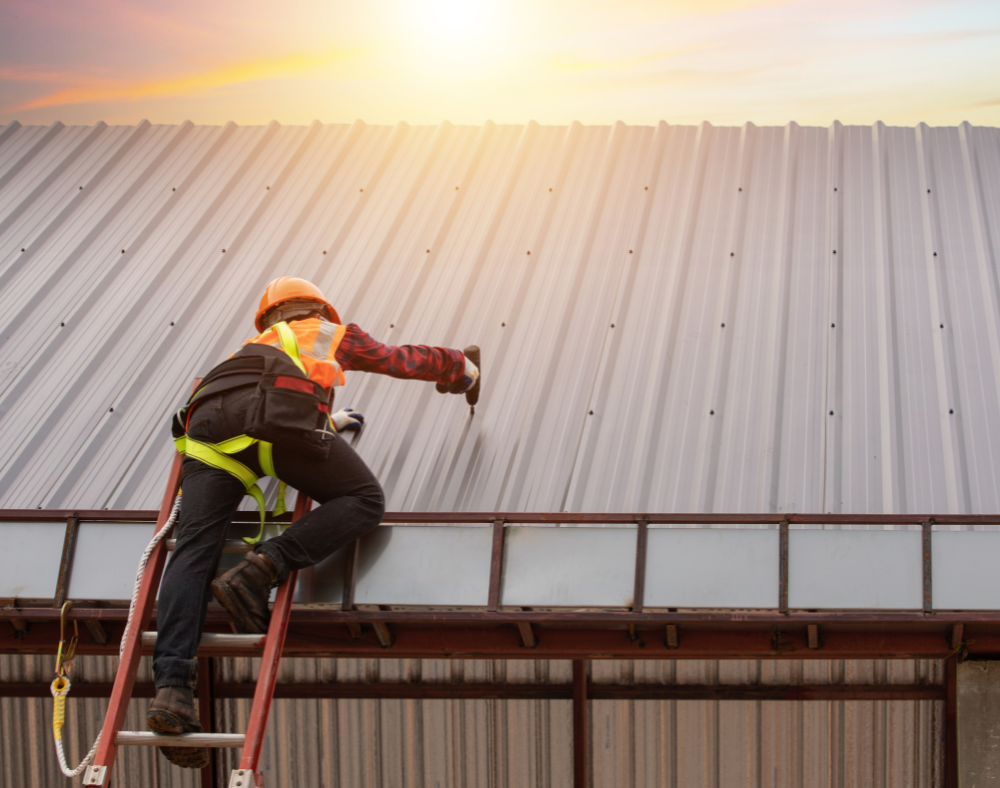Understanding Roof Ventilation: The Key to a Long-Lasting Roof
Everything You Need to Know About Roof Ventilation with Go In Pro Construction
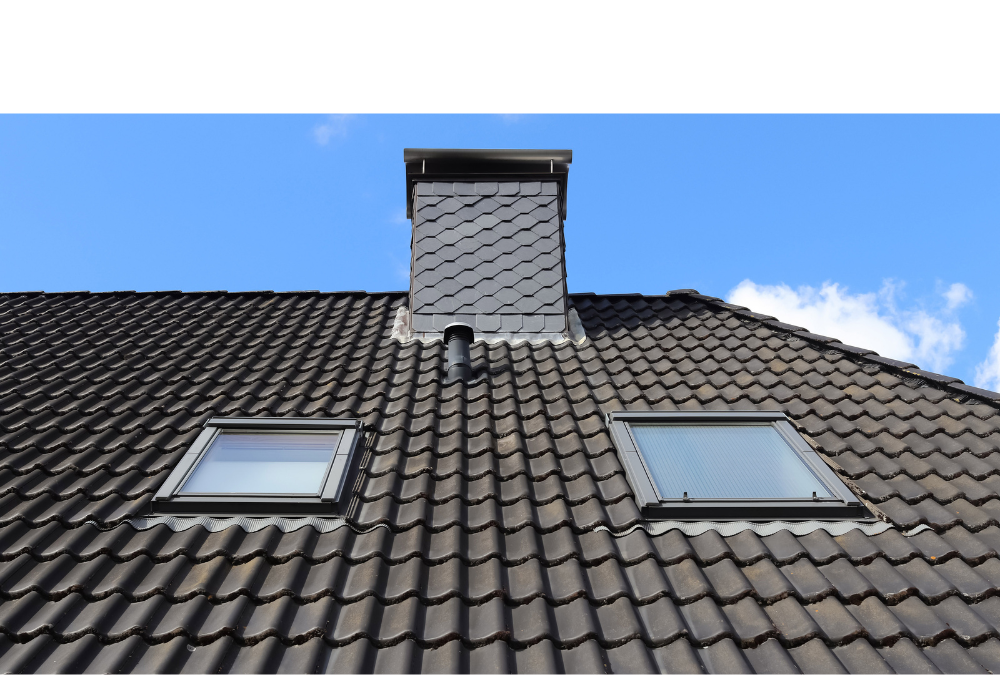
Proper roof ventilation is one of the most critical yet often overlooked aspects of home maintenance. At Go In Pro Construction in Denver, CO, we emphasize the importance of roof ventilation in protecting your home from temperature extremes, moisture build-up, and premature aging of roofing materials. This guide will walk you through the basics of roof ventilation, its benefits, and why it should be part of your home care strategy.
Why Roof Ventilation Matters
Roof ventilation systems help balance indoor and outdoor air temperatures, prevent moisture buildup, and prolong your roof's lifespan. A well-ventilated roof reduces energy bills, keeps your home comfortable year-round, and minimizes damage caused by heat and moisture trapped within your attic or ceiling space.
For a detailed breakdown of how ventilation impacts energy efficiency, check out Energy.gov’s guide on ventilation.
Key Components of Roof Ventilation
Roof ventilation systems generally consist of two main components: intake vents and exhaust vents. Together, they create a flow of air that naturally circulates, keeping the roof space fresh and temperature-regulated.
- Intake Vents: These are usually installed under the roof's edge or eaves and allow cool air to enter the attic.
- Exhaust Vents: Located near the roof’s peak, exhaust vents allow warm, moisture-laden air to escape.
Each type of ventilation plays an essential role in maintaining a balanced system. For more on intake and exhaust ventilation, visit The Home Depot’s guide on ventilation types.
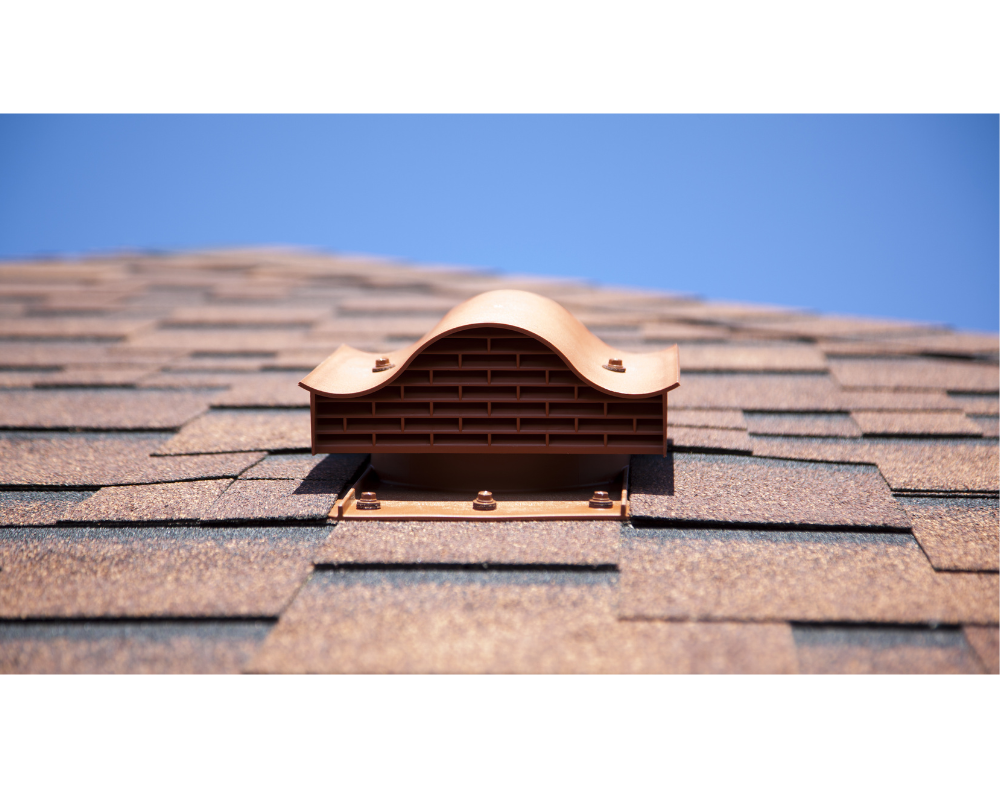
Benefits of Proper Roof Ventilation
1. Temperature Regulation
- Summer Cooling: In warmer months, heat trapped in the attic can reach temperatures of up to 150°F. Ventilation allows this hot air to escape, keeping your home cooler.
- Winter Moisture Control:
In colder months, roof ventilation prevents moisture buildup that can lead to ice dams, rot, and mold growth.
Proper temperature regulation can reduce energy costs, with
The Department of Energy offering insights on energy savings through effective home ventilation.
2. Increased Roof Longevity
- Prolonging your roof’s lifespan requires minimizing the wear and tear from extreme heat and moisture.
- Well-ventilated roofs reduce the risk of shingle damage, rot, and structural weakening, helping homeowners save on repair costs.
The benefits of extending roof life are further explored by
GAF Roofing.
3. Improved Indoor Air Quality
- Good roof ventilation supports healthier indoor air by reducing moisture and stale air, which can lead to mold and mildew growth.
Learn more about how ventilation affects indoor air quality at Indoor Air Quality (IAQ) by EPA.
Signs Your Roof Needs Better Ventilation
If you're unsure whether your roof ventilation needs attention, here are some common signs:
- High Energy Bills: If your heating and cooling costs are unexpectedly high, poor roof ventilation might be a culprit.
- Frequent Mold and Mildew:
Excess moisture in the attic or ceiling space can lead to mold, which thrives in damp, unventilated spaces.
- Shingle Damage:
Warped, cracked, or damaged shingles may indicate that trapped heat is weakening your roof materials.
For a comprehensive look at signs of poor roof ventilation, visit Bob Vila's guide.
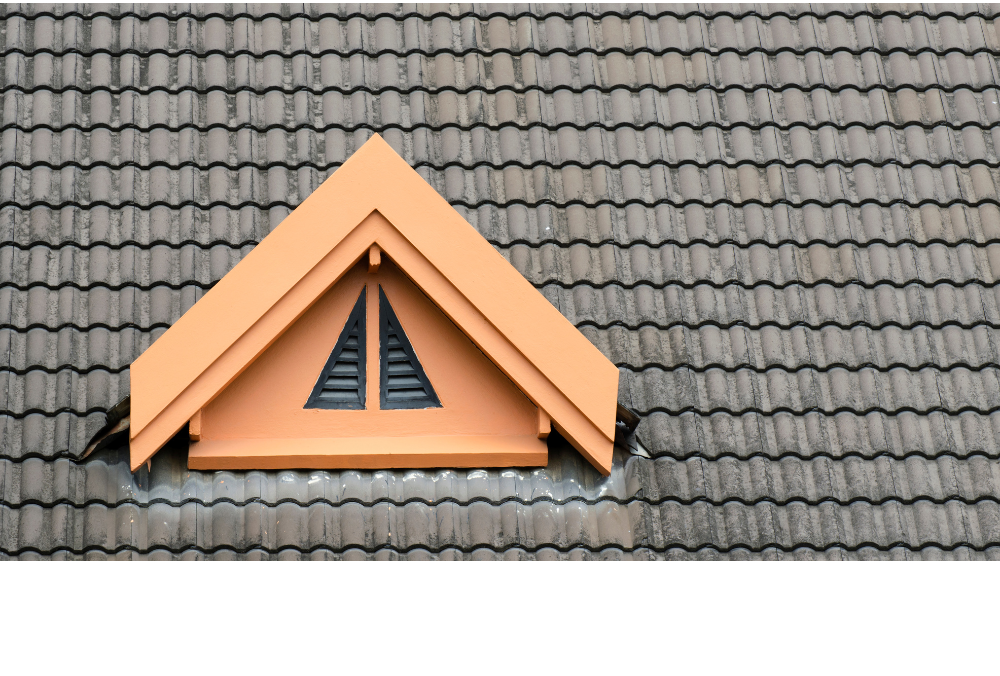
Types of Roof Ventilation Systems
There are several options for roof ventilation, each suited to different climates and home designs.
1. Ridge Vents
- Installed along the roof's peak, ridge vents allow warm air to escape through the attic's highest point, providing consistent airflow.
2. Soffit Vents
- Located under the roof's eaves, soffit vents draw in cooler air to balance out the rising warm air.
3. Gable Vents
- Positioned on the sides of the attic, these vents allow air to circulate horizontally. They’re effective but may need to be combined with other vent types for optimal performance.
For more details on these systems, check out Owens Corning’s ventilation guide.
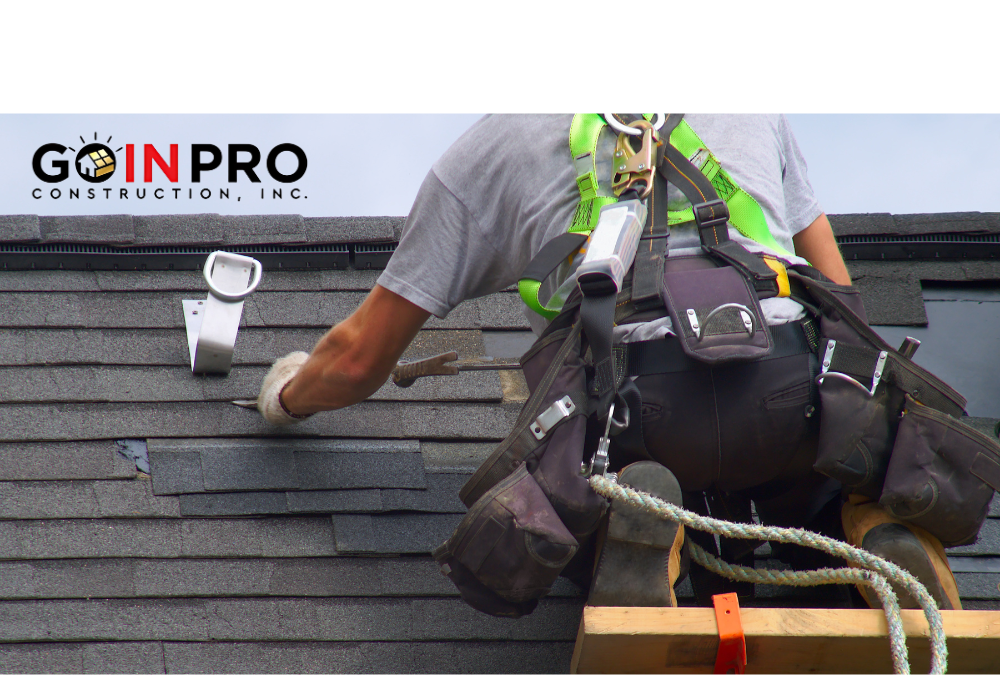
How Go In Pro
Construction Can Help
Go In Pro Construction offers comprehensive roof ventilation solutions tailored to your home's specific needs. Our experts are skilled at assessing roof ventilation requirements, and we provide customized recommendations based on your home’s size, local climate, and roofing materials. Here’s how we can help:
- Personalized Assessment
- Our team will evaluate your existing roof ventilation to identify areas for improvement, focusing on both intake and exhaust needs to ensure proper air circulation.
- High-Quality Installation
- Using only the best materials and techniques, we install roof ventilation systems that are designed to perform efficiently and last, giving your home the airflow it needs.
- Energy Efficiency Enhancements
- We consider your energy needs and goals, recommending options that not only protect your roof but also help reduce your energy bills.
- Ongoing Maintenance and Support
- Go In Pro Construction provides ongoing support, helping you maintain an effective ventilation system over time. From regular inspections to maintenance advice, our team is here to ensure your system performs optimally for years to come.
Our goal is to make roof ventilation an easy, hassle-free experience for Denver homeowners.
Contact us today to learn more about your options for efficient, long-lasting roof ventilation.
For more advice on optimizing ventilation, Family Handyman’s guide to balanced venting provides useful tips.
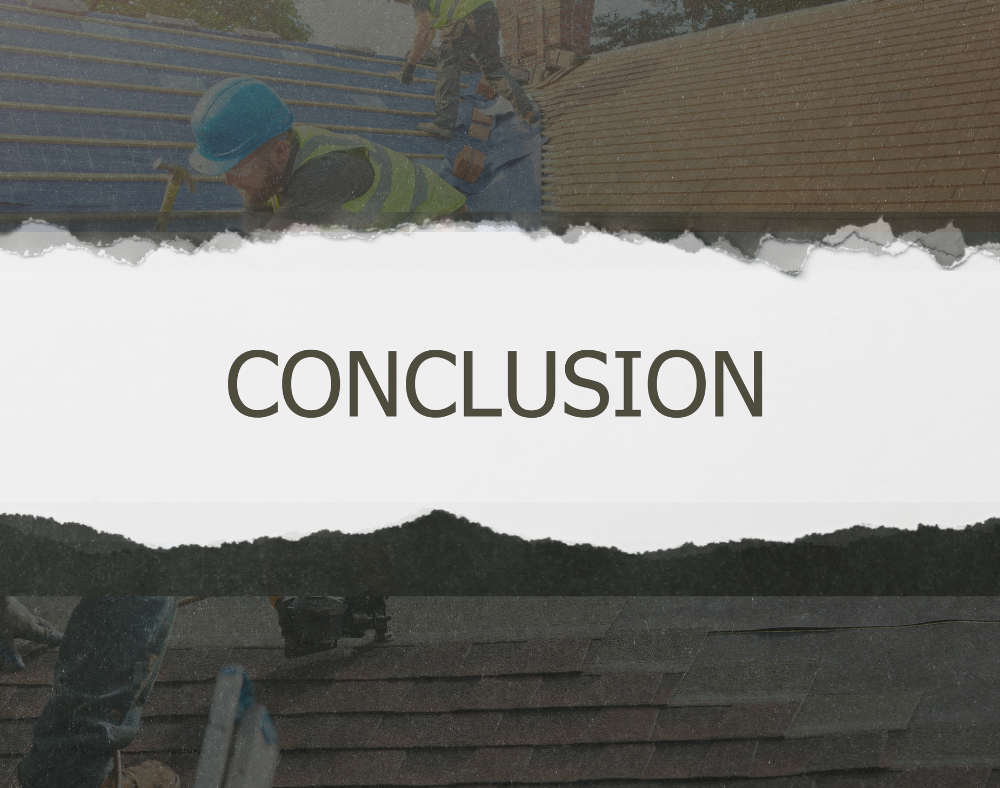
Final Thoughts
Roof ventilation is essential for every homeowner, particularly in climates like Denver’s, where seasonal extremes can affect roof performance. Proper ventilation improves energy efficiency, extends your roof’s lifespan, and enhances indoor air quality. Go In Pro Construction offers expert solutions and customized installations to ensure your roof stays in peak condition. Reach out to our Denver-based team for personalized advice or further assistance in making the best choice for your home’s ventilation needs.
Additional Resources:
- Energy.gov - Energy savings through home ventilation.
- The Home Depot’s guide on ventilation types - Detailed breakdown of ventilation types.
- GAF Roofing - Information on roof ventilation’s impact on longevity.
- Indoor Air Quality (IAQ) by EPA - Insights on ventilation and indoor air quality.
- Bob Vila's guide - Signs of poor roof ventilation.
- Owens Corning’s ventilation guide - Options for roof ventilation systems.
